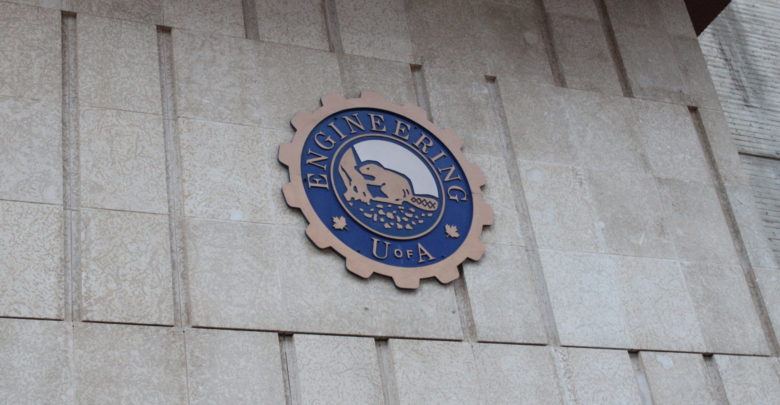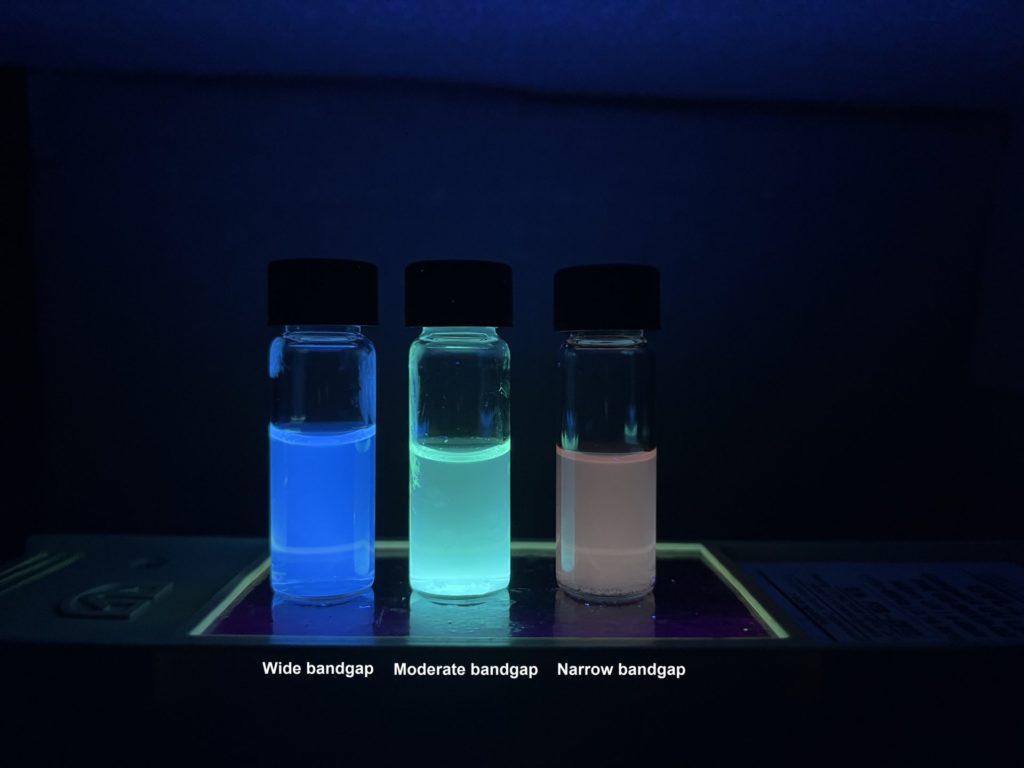 Amanda Sparks
Amanda SparksMechanical engineering professor Amit Kumar, and electrical and computer engineering professor Karthik Shankar, have new research that works towards the future of the energy industry.
Both Shankar and Kumar study how hydrogen can reduce carbon emissions in energy production and use. While Kumar studies how blending hydrogen and natural gas can reduce the use of methane, Shankar studies “wonder material” carbon nitride that can be used in computer chips and to accelerate hydrogen production.
Shankar researches carbon nitride (C3N5), a material that can not only replace silicon in computer chips and solar panels, but can also be used as a catalyst — something that accelerates a chemical reaction — to produce hydrogen.
Silicon is currently utilized in approximately 95 per cent of solar cells and acts as the “material of choice” in the production of computer chips. However, as Shankar explained, the production of silicon can be expensive and require a lot of energy.
Shankar explained that carbon nitride in its traditional compound is C3N4. However, his lab has found that using a C3N5 compound allows for the material to better absorb sunlight. The compound can decrease the energy required to excite electrons, also known as the bandgap.

As a catalyst, C3N5 can be used to split water (H2O) into its constituent elements — hydrogen and oxygen — by using power from the sun, Shankar explained.
Shankar explained that this process could be very advantageous for remote communities as carbon nitride is more portable than electricity.
“Even if they’re not connected to the grid, as long as they can get sunlight, they can generate their own energy.”
While Shankar is working on using new materials, Kumar’s work intends to use existing energy structures to mitigate carbon emissions.
Kumar’s exploration of hythane shows its potential uses in both powering appliances and in heating. Hythane could eliminate up to 20 per cent of methane currently used in these processes by substituting hydrogen.
Although hythane can also be mixed in higher concentrations, that process would require infrastructure changes. In the current system, a higher percentage of hydrogen could cause degradation of the pipes, due to its ability to diffuse through metals, Kumar said.
“Higher percentages of hydrogen can result in pipe embrittlement. There are also issues in terms of the appliances burning higher hydrogen percentages … [but] industries are developing that.”
Kumar explained that in order to use a higher hydrogen concentration in place of natural gas, it would take a slow transition. He compared the transition to what happened with furnaces as technology grew more efficient.
As older versions phase out of use, whether through housing upgrades or old technology breaking down, the high efficiency furnace became the standard in residential heating. Transitioning to hydrogen-powered infrastructure would be much the same, Kumar explained.
“The way I see it is Alberta is a big energy exporter … my sense is that [Alberta] will export a large amount of hydrogen. Low carbon-intensity hydrogen production plants, that is what’s happening as we go forward.”
Every year, The Gateway publishes hundreds of articles like the one you just read that are free for everyone to access. But The Gateway needs your support to continue publishing its award-winning journalism. Please consider donating today, even a small amount can help the University of Alberta’s only newspaper continue serving the campus community. Thank you.




